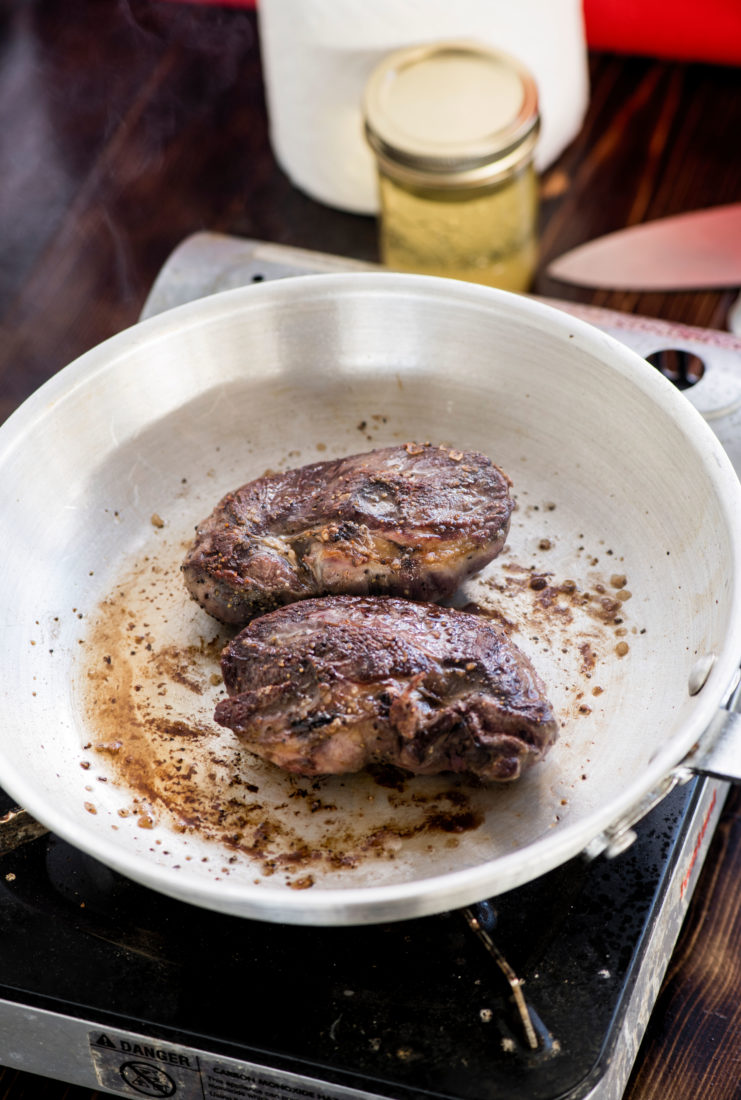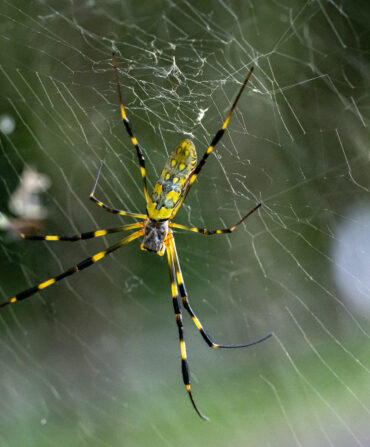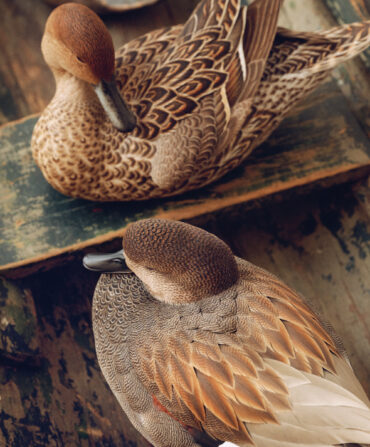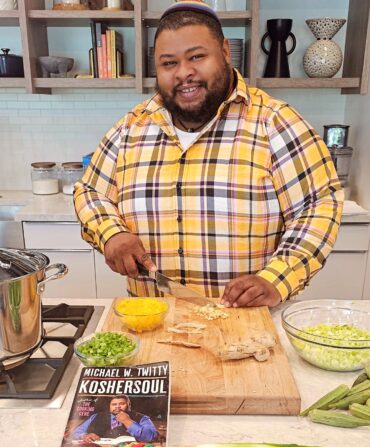I learned the basics of this method from the game chef Hank Shaw, and it’s probably my favorite way to prepare snow and Ross’s geese. It’s super simple and quick, and will make a convert out of anyone who thinks that white geese aren’t great table fare. Everyone who attends a waterfowl hunt at Black Duck Revival will see me demonstrate this method and get to taste the results. The procedure is slightly different for a duck or goose breast that is skin on, so be sure to use the appropriate strategy and let the meat dictate how you cook it. I almost always skin my white geese, so I treat the breast the same way I would a lean steak, like a venison backstrap or a beef fillet.
Start with a hot heavy-bottomed pan with a bit of neutral oil (I like vegetable or peanut) over high heat. Then season the skinless snow goose breast well with flaky salt and coarse-ground pepper.
Gently lay the meat in the pan. You’ll notice the meat will start to contract and plump, making it appear thicker. Just wait. You don’t need to fiddle with or press the meat. Just let it sizzle. It will develop a beautiful crispy crust.
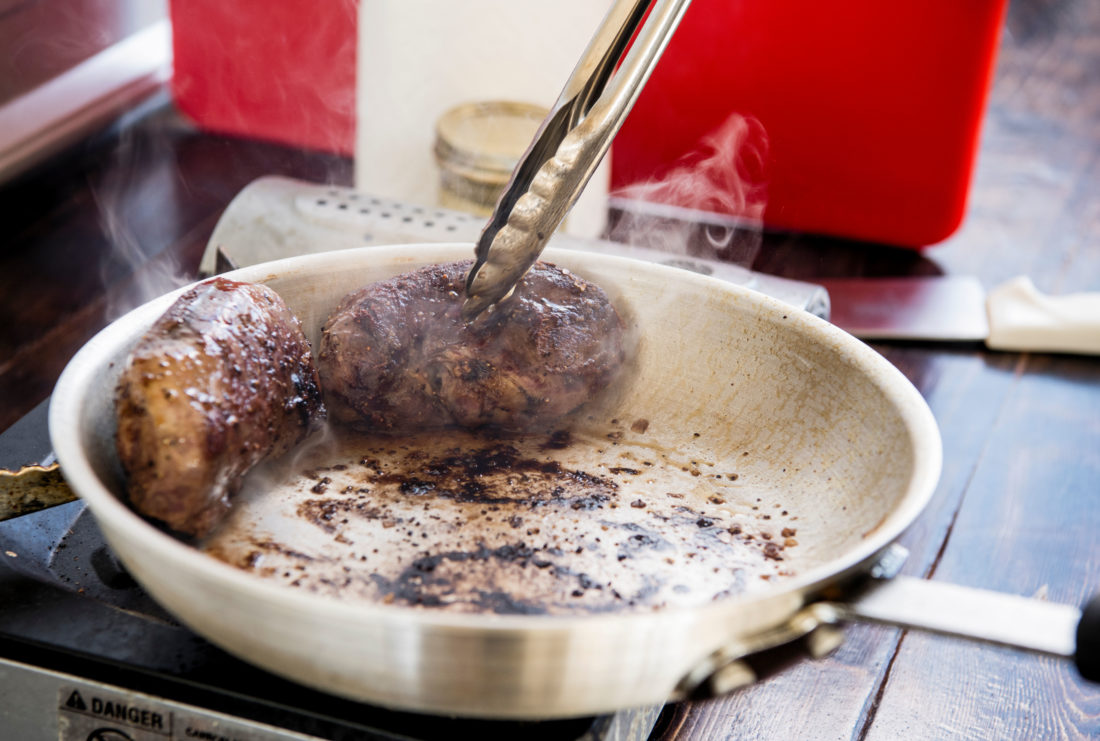
After three to five minutes, it’s time to flip. The amount of cook time will depend on the size of the breast, so pay close attention. You’ll get better at judging cook time the more you do it. Flip the meat to the other side, and cook for one to three minutes. Most of the cooking was done on the first side, so at this point we are largely finishing the process and getting that yummy crust developed. Once the breast has been cooked to the point that it is considered rare, I use tongs to sear the two long edges of the breast just a bit. Thirty seconds or so on each side should suffice.
Remove the meat from the pan and allow it to rest on a cutting board. The heat will carry over and should result in a nicely done medium-rare finish on the steak.
While the meat rests, make a simple pan sauce. Lower the heat to medium and immediately deglaze the pan with a stout splash of bourbon. Keep the pan moving and make sure to steer clear of the flambé flash. The flame will subside after a few seconds once the alcohol is all burned off.
Add a bit of your favorite stock at this point to reconstitute all of the brown bits in the pan. Add just enough to make the mixture viscous. For a pair of seared goose breasts, one-quarter to one-half cup of stock will be plenty. Remove the pan from the heat, and while you keep the pan moving in a gentle swirling motion, throw in a pat or two of cold butter. Swirl the pan quickly to combine the melting butter with the rest of the pan liquid.

To serve, slice the goose breast on a bias against the grain, arrange in a shingle-like pattern on a plate, then pour your pan sauce over the top. The result is a gorgeous beef-like steak with just a hint of “ducky” wildness that gives a pop of umami flavor. The smoky caramel notes from the bourbon come through in the sauce, and all of it conspires to make something that’s hard to describe as anything other than good. My clients usually devour it all in a matter of minutes, but pairing it with a starch and a quick-seared vegetable makes for a heck of a satisfying dinner.


